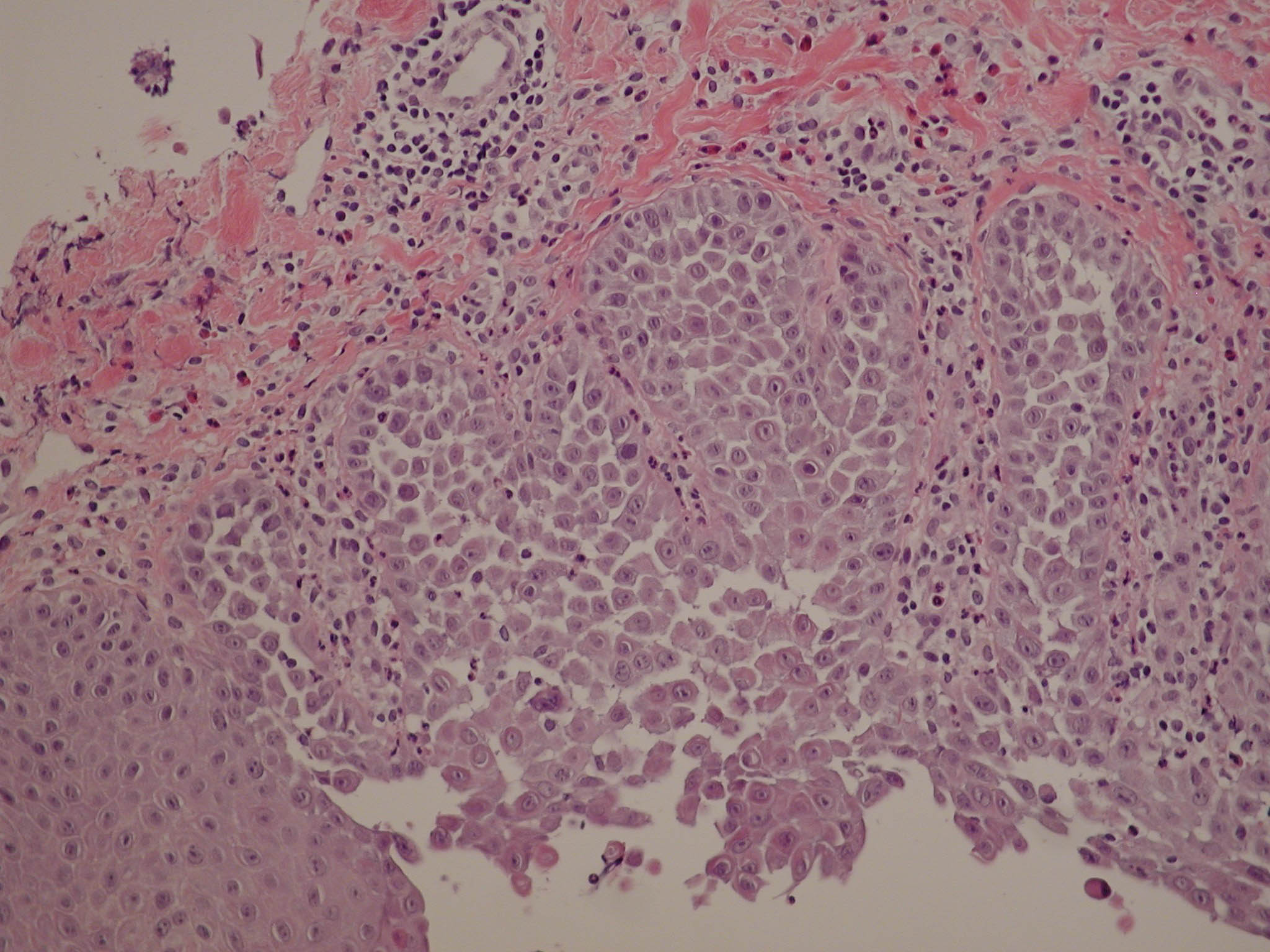J Biol Chem. 2001 Apr 6;276(14):10683-91. Epub 2000 Dec 29.
Source
Laboratory of Physiology, K.U. Leuven, Campus Gasthuisberg, Herestraat 49, B-3000 Leuven Belgium. Kurt.Vanbaelen@med.kuleuven.ac.be
Abstract
In recent years, it has been well established that the Ca(2+) concentration in the lumen of intracellular organelles is a key determinant of cell function. Despite the fact that essential functions of the Golgi apparatus depend on the Ca(2+) and Mn(2+) concentration in its lumen, little is known on the transport system responsible for ion accumulation. The Golgi ion pump PMR1 has been functionally studied only in yeast. In humans, mutations in the orthologous gene ATP2C1 cause Hailey-Hailey disease. We report here the identification of the PMR1 homologue in the model organism Caenorhabditis elegans and after ectopic expression the direct study of its ion transport in permeabilized COS-1 cells. The C. elegans genome is predicted to contain a single PMR1 orthologue on chromosome I. We found evidence for alternative splicing in the 5′-untranslated region, but no indication for the generation of different protein isoforms. C. elegans PMR1 overexpressed in COS-1 cells transports Ca(2+) and Mn(2+) with high affinity into the Golgi apparatus in a thapsigargin-insensitive manner. Part of the accumulated Ca(2+) can be released by inositol 1,4,5-trisphosphate, in agreement with the idea that the Golgi apparatus is an inositol 1,4,5-trisphosphate-sensitive Ca(2+) store.
